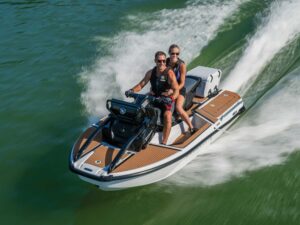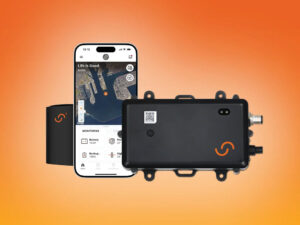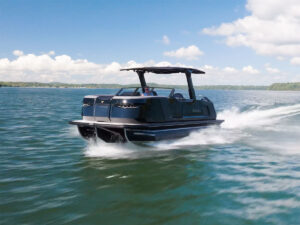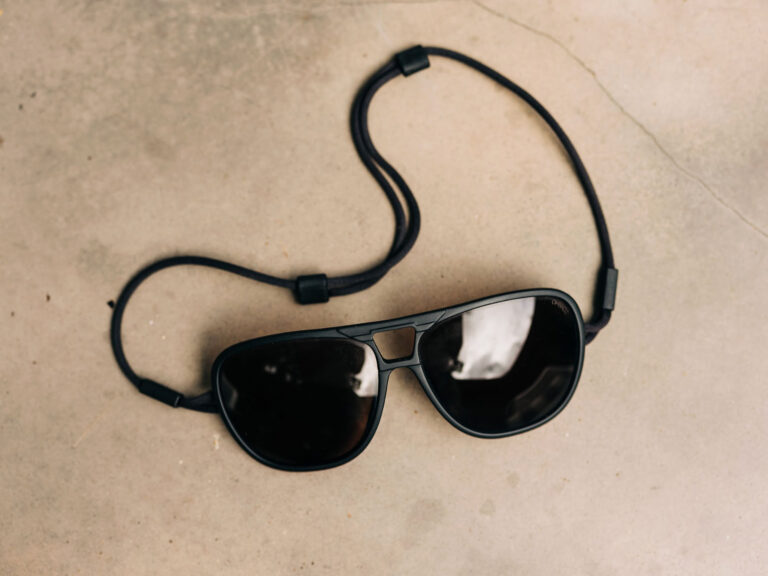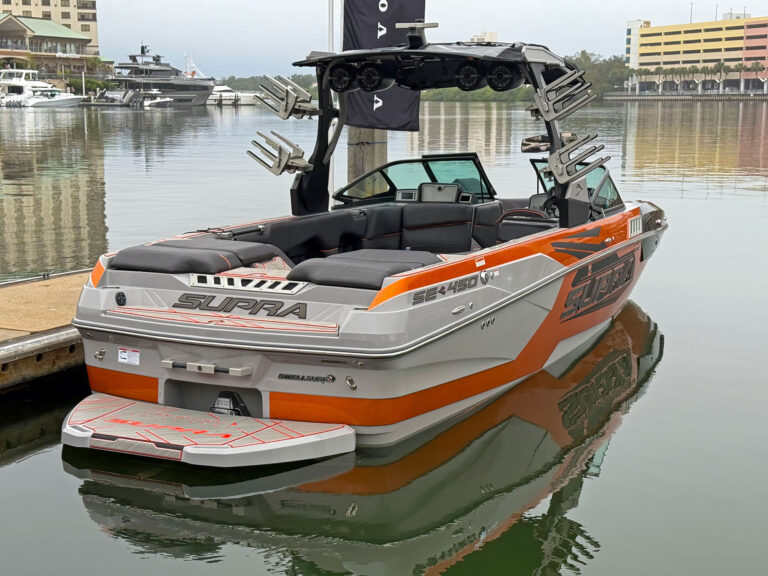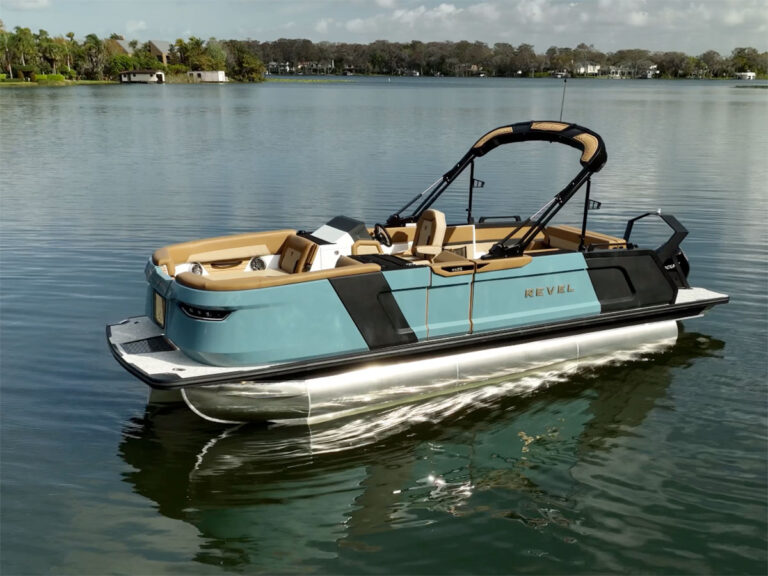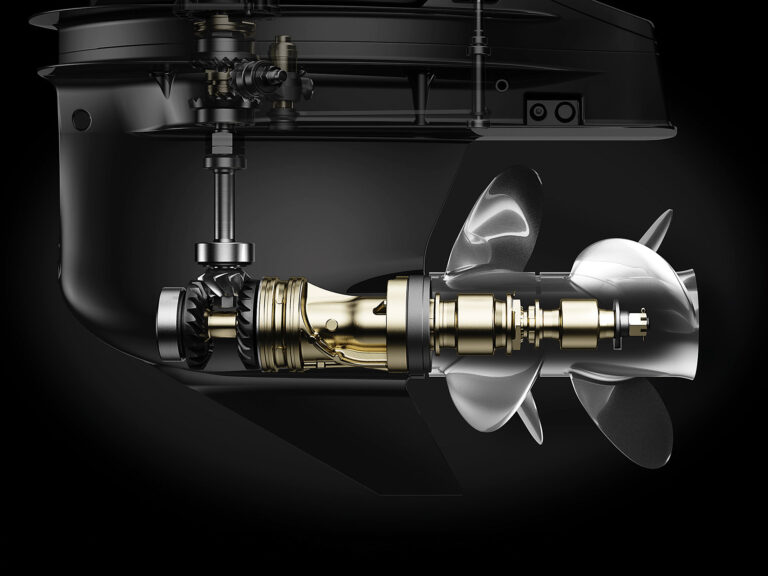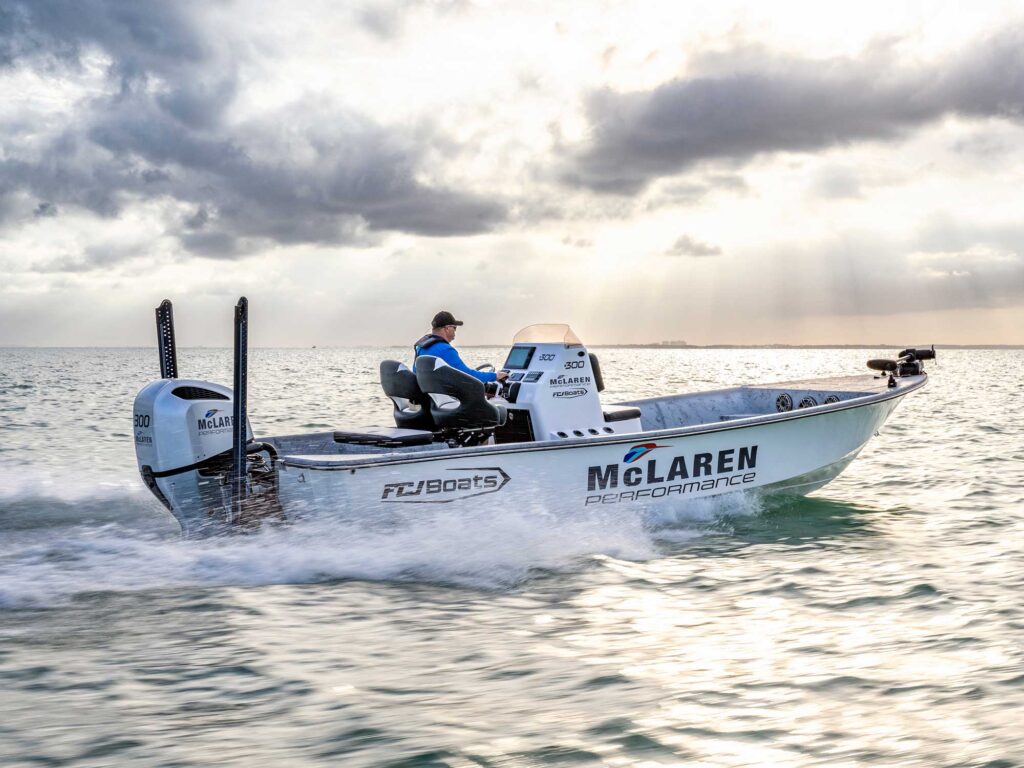
Those who follow Can-Am, Formula 1 or IndyCar racing, know the McLaren name. You might even be a fan of McLaren racing team drivers such as Oscar Piastri in F1 or Pato O’Ward in IndyCar.
Yet, the amber glow of Team Papaya (nickname inspired by the orange emblem of McLaren Racing) shines on a number of other motorized enterprises, one of the latest being Honda Marine outboard engines.
More specifically, Honda Marine has formed an alliance with New Jersey-based McLaren Engineering to produce the McLaren Performance M300 based on Honda’s BF250 3.6-liter V-6. To be clear, McLaren’s relationship with Honda is not new. Fact is, McLaren Engineering’s parent company, Canada-based Linamar Corp., has been a supplier to American Honda Motor Co., Inc. for 10 years, assisting with high-
precision engine component manufacturing. So, this alliance is really more of an expanded partnership.
The collaboration with McLaren Engineering is designed to “fulfill Honda’s mission to be a marine mobility leader, offering integrated, high-power solutions for the global marketplace,” according to a company statement.

Of special note, the McLaren 300 I tested at the 2025 Miami International Boat Show was based on the previous version of the BF250, since supplanted by the refreshed BF250 with new styling reminiscent of the BF350. The refreshed 250 also has an oxygen sensor and enhancements to the controls and engine displays. Yet the powerhead is essentially the same between the two.
The existing features of the BF250 V-6 fuel-injected platform include Honda VTEC (Variable Valve Timing and Lift Electronic Control), which adjusts the timing, lift, and duration of the engine valves to optimize performance and efficiency across different engine speeds. A dual-channel, indirect-air-circuit induction system has a two-pass cooling system to optimize performance. It has 2-to-1 lower-unit gear ratio. Honda’s Intelligent Shift and Throttle plug-and-play system networks with Honda Marine’s electronic controls and displays, as well as third-party devices. A mechanically controlled version of the 250 is also available.
How does the M300 differ from the 250? McLaren performance modifications include the integration of a new camshaft for enhanced valve timing and high lift; a new Engine Control Unit that boosts efficiencies (ignition mapping, knock control); and new fuel injectors for higher fuel supply and improved efficiency.
The result is a performance-inspired V-6 outboard engine with an improved horsepower-to-weight ratio that offers top-end power for boats 24 feet in length overall and higher, including pontoons and fiberglass boats, for inland and coastal fishing and pleasure boating, according to McLaren Engineering. This motor also fills an obvious gap in Honda’s outboard lineup between the BF250 and BF350.
However, the M300 will not be available for repowering existing boats. Instead, the new agreement enables McLaren Engineering to supply the outboard to selected Honda-affiliated boatbuilders to provide a greater range of horsepower choices in 20-, 25- and 30-inch shaft lengths.
So, how does the M300 perform? My test platform was an FCJ 263 HS Fishing Guide Edition. FCJ Boats is based in Bacliff, Texas, and builds lightweight rolled-edge-fiberglass center-console skiffs for fishing the shallow inshore waters of the Lone Star State.
Read Next: Honda BF350 V-8 Outboard
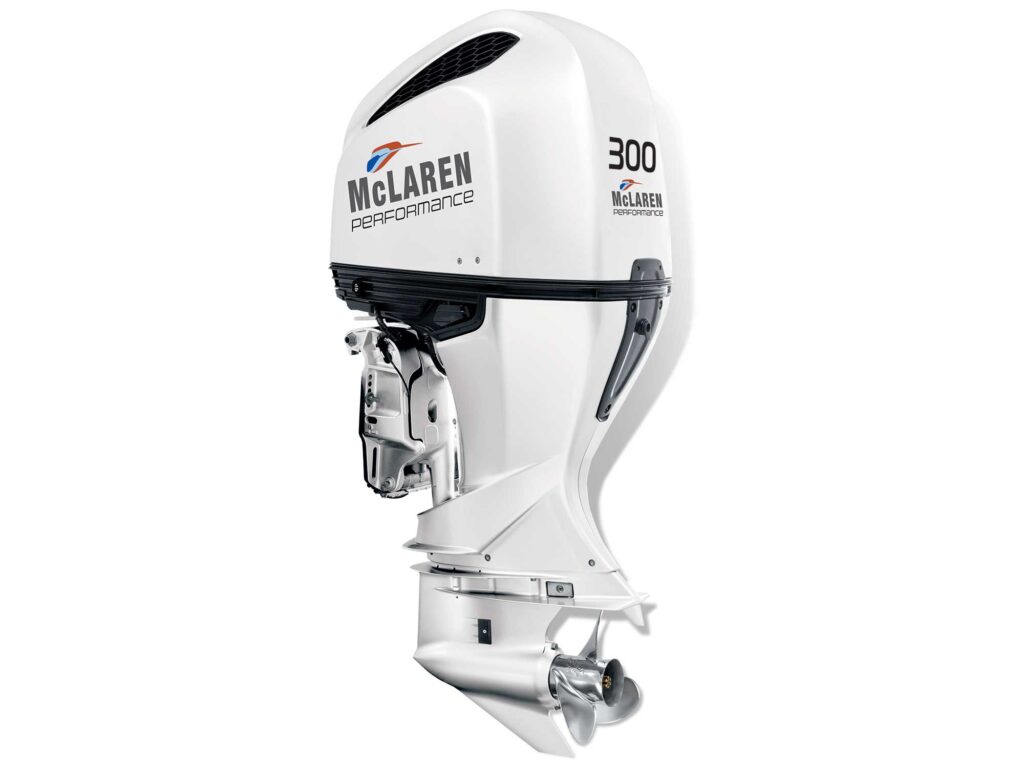
With 75 gallons of fuel, three crew members (including me) on board and turning a 17-inch-pitch Honda three-blade stainless-steel propeller, the 622-pound M300 vaulted the 26-foot-3-inch FCJ from 0 mph to plane in 4 seconds and reached 30 mph in 8 seconds. I recorded a top speed of 45.6 mph at 6,400 rpm in the waters of Florida’s Biscayne Bay. I also recorded a sound level of 85 dB(a) at 3,500 rpm and 95 dB(a) at wide-open throttle. Interestingly, the base BF250 is rated for 6,300 rpm, but the McLaren is rated to rev a bit higher, as you might expect of this souped-up version.
In subsequent testing in the waters of Galveston Bay, Texas, by FCJ Boats with 83 gallons of fuel, six crew with a 19-inch-pitch three-blade stainless-steel prop, the 4,020-pound boat achieved a comparable top speed of 45.3 mph at 6,400 rpm. The M300 posted its most economical cruising speed at 3,500 rpm, where the FCJ loped along at 20.2 mph, burning 7.7 gph for 2.8 mpg.
Potential buyers of the M300 will ask about the warranty, as well as service after the sale. The McLaren carries the same non-transferable warranty as Honda outboards—a 5-year non-declining limited warranty against defects in material or workmanship for recreational use. But the M300 is not eligible for the optional HondaCare 36 months of additional protection. Parts and service for the M300 are available through Honda Marine’s national dealer network. To learn more, visit marine.honda.com/outboards/models/highpower/m300.


